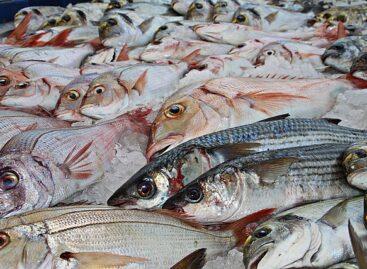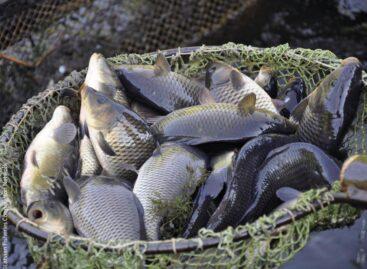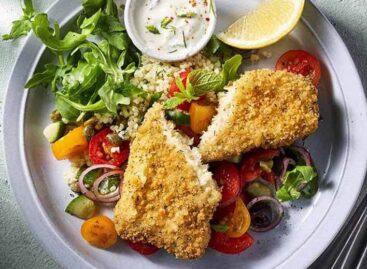Fish-free seafood made from fungi and seaweed: scientists and Michelin-starred chef to develop product good enough for fine dining
A team of scientist from the Technical University of Denmark is collaborating with Diego Prado, head of research at Copenhagen’s two Michelin-starred restaurant Alchemist, to develop sustainable alt seafood through fermentation.

Nearly half of EU marine habitats have been assessed as either endangered or near threatened, mainly due to pollution, fishing and acquaculture – by the European Commission. It is perhaps unsurprising teherefore that Europe currently imports three times more seafood than it produces. With researchers expecting demand for seafood to double by 2050, innovators are searching for ways to develop sustainable alternatives.
Leveraging fermentation technology to create sustainable seafood can help satisfy growing demand without further harming the oceans, according to the Good Food Institute (GFI), a non-profit advocating a switch to more sustainable foods. To encourage innovation, GFI is funding a research project aimed at creating a new seafood product by growing fungi on seaweed.
It is expected the interactions between the scientists and the Alchemist team will be ’critical’ to the project, as the chefs will be able to bring a ’new dimension’, guiding the development of the food’s flavour in a way that may not be possible if the project was entirely lab-based. Science and culinary disciples need to merge to encourage consumer uptake.
In the project, the team of scientists will look into how the texture of filamentous fungi can be used to create a range of sustainable foods. The aim is to identify how different conditions can be leveraged to alter the fungi’s texture. Eventually, the collaboration aims to create a ’whole cut’ product with the texture of seafood by using fungi to ferment seaweed in a process similar to the production of tempeh – a cooked and fermented soybean product held together by fungi. The project isn’t initially setting out to mimic any particular product or species. Instead, it will develop as the teams learn more about how the texture of the fungi can be manipulated and how these textures can then be used to recreate seafood.
If the method succesfully recreates the texture and taste of seafood, the product may feature on the Danish fine dining restaurant’s menu and from there, it could even go on to be sold widely.
Source: foodnavigator
Related news
Record year for fish farms – but we still eat too little fish
The year 2024 was an outstanding success for Hungarian fish…
Read more >Fish on the Christmas table: this is how department store chains are preparing for the holidays
As Christmas approaches, fish dishes are an essential part of…
Read more >We eat 35-40 percent of our annual fish consumption at Christmas
Although according to the Hungarian diet, we should eat fish…
Read more >Related news
GKI analysis: Why do Hungarian households live more poorly than anyone else in the EU?
Imagine that the residents of every EU country shop in…
Read more >KSH: industrial producer prices decreased by 0.7 percent in May 2025 compared to the previous month, and increased by an average of 6.9 percent compared to a year earlier
In May 2025, industrial producer prices were 6.9 percent higher…
Read more >Consumption drives the economy
According to the latest forecast by the Balance Institute, the…
Read more >






